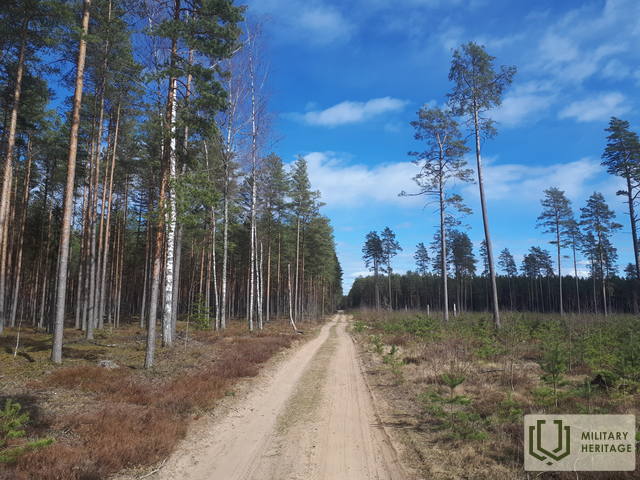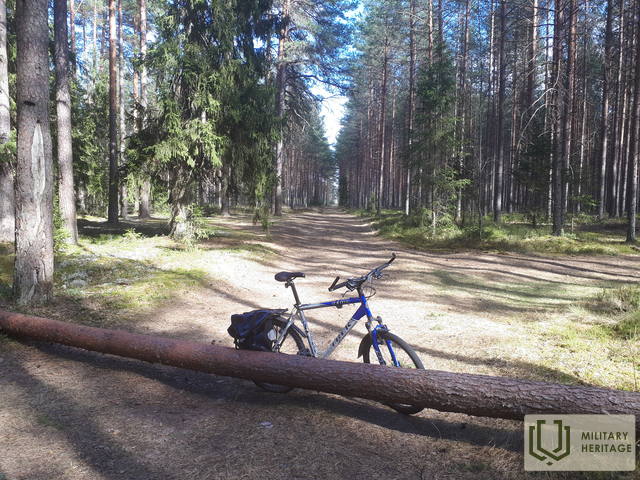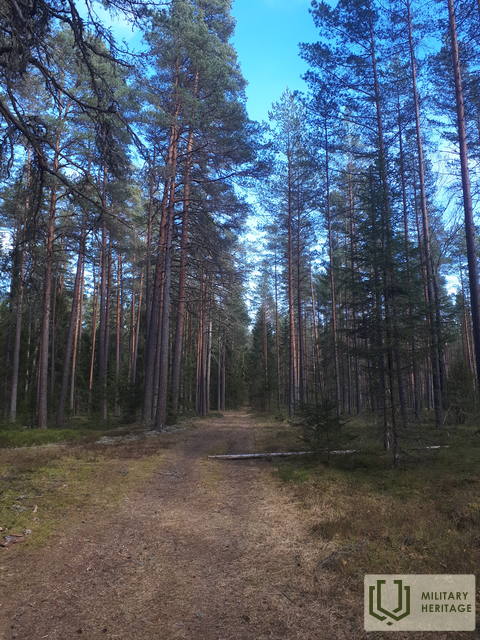Great Electoral Dam (Große Kurfürsten Damm)
Infrastructure


 56
56


The approximately 4 km long, west-east oriented forest road with this name, marked on maps from the First World War, began at the former Kurland Monument (Kurland Denkmal) or later popularly called the Mātīte Monument and ended at the junction of two roads (accessible in the wild) Hütten Straße and Morgen Straße. It stretches for approximately 2 km as a straight forest-dirt road, 0.8 km as a gravel road (coinciding with the Egles-Kaulupe road built by the Latvian State Forests), and the rest as a path – a trail – not passable by car, but passable in the wild or by bicycle. Judging by another map (Zusammendruck Riga, 1: 100 000) and LIDAR maps, a German army camp or warehouses (Lager) were located at the junction of the Great Kurfirst Dam and Morgen Straße during the First World War.
The name, which originated when the German army was stationed here during World War I, is thought to have come from Kurfürstendamm, one of Berlin's central avenues (named after the Electors of Brandenburg), which is today a popular tourist and shopping destination. The name of the avenue was first mentioned between 1767 and 1787.
Used sources and references:
1. https://www.berlin.de/sehenswuerdigkeiten/3561166-3558930-kurfuerstendamm.html
2. https://en.wikipedia.org/wiki/Kurf%C3%BCrstendamm
3. Maps of JSC “Latvijas Valsts meži”: https://www.lvmgeo.lv/kartes
4. Historical and other maps: https://vesture.dodies.lv/#m=15/56.71776/24.69606&l=O/KDW
5. Map collection of the National Library of Latvia, map “Zusammendruck Riga, Gezeichet u.gedruckt vd Vermessungs – Abt.18., 1: 100 000”.
Related stories
Life during World War II on the Kegums side
Memories of the now distant royal era flashed through. For the older generation, it would remind them of their own experiences, while for the younger generation, it might bore them.









